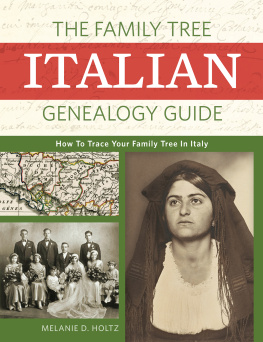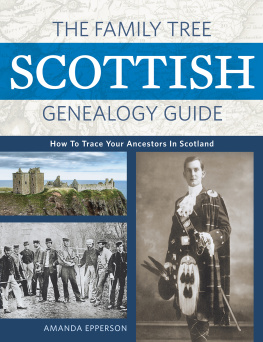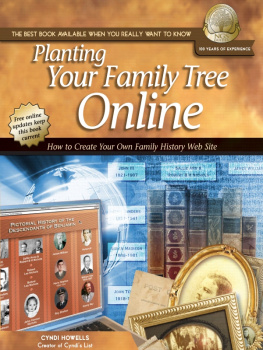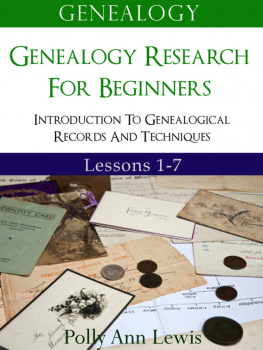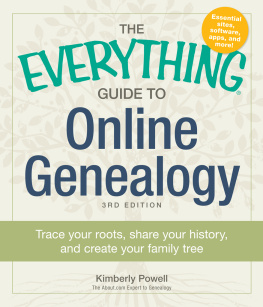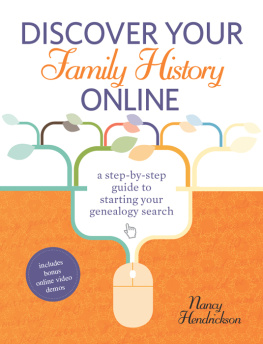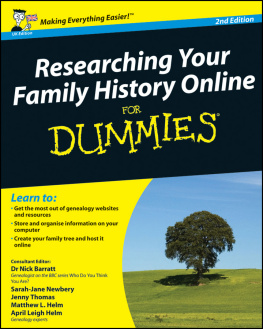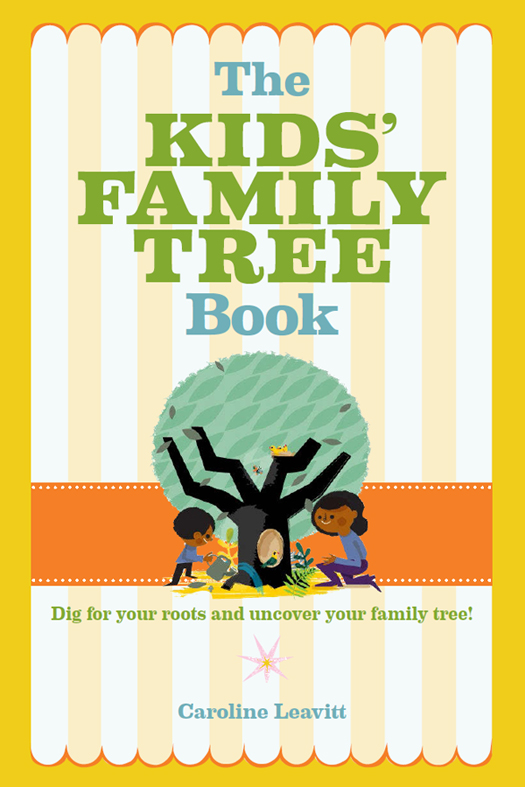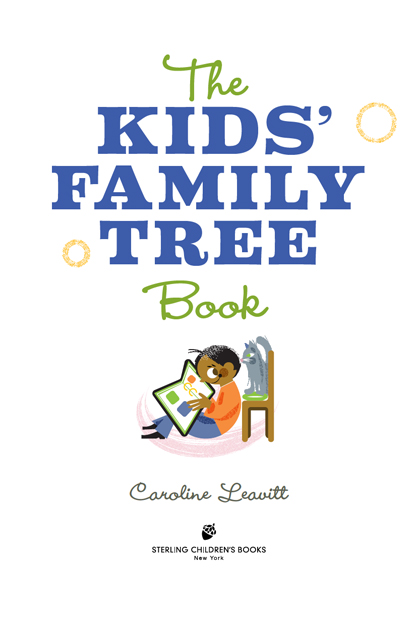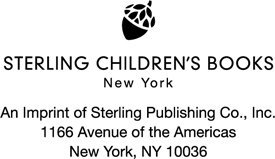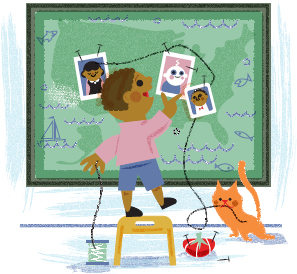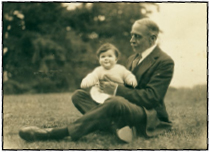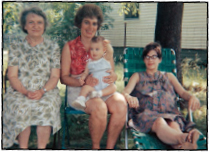STERLING CHILDRENS BOOKS and the distinctive Sterling logo are registered trademarks of Sterling Publishing Co., Inc.
Text 2005, 2017 Caroline Leavitt
Illustrations 2017 Sterling Publishing Co, Inc
All rights reserved. No part of this publication may be reproduced, stored in a retrieval system, or transmitted in any form or by any means (including electronic, mechanical, photocopying, recording, or otherwise) without prior written permission from the publisher.
ISBN 978-1-4549-2321-3
Library of Congress Cataloging-in-Publication Data
Names: Leavitt, Caroline, author. | Phillips, Ian (Illustrator), illustrator.
Title: The kids family tree book / Caroline Leavitt ; illustrated by Ian Phillips.
Description: [Updated edition] | New York, NY : Sterling Childrens Books, 2017.
Identifiers: LCCN 2017007165 | ISBN 9781454923206 (paperback)
Subjects: LCSH: GenealogyJuvenile literature. | BISAC: JUVENILE NONFICTION / Family / General (see also headings under Social Issues). | JUVENILE NONFICTION / Reference / General. | JUVENILE NONFICTION / Social Science / Customs, Traditions, Anthropology.
Classification: LCC CS15.5 .L43 2017 | DDC 929.2dc23 LC record available at https://lccn.loc.gov/2017007165
For information about custom editions, special sales, and premium and corporate purchases, please contact Sterling Special Sales at 800-805-5489 or .
sterlingpublishing.com
Illustrations by Jane Sanders
Design by Irene Vandervoort
Special thanks are due to all thosefamily and friendswho provided information and gave permission for the use of many old and perhaps slightly more recent photographs in this book. Your help was invaluable.
Introduction
Do you have a family tree? No, dont look around for a big trunk topped with green leaves. Thats not the kind of tree were talking about. When you are born, you become a living and growing part of your own family tree. Your parents and brothers and sisters, and your aunts and uncles and other relatives, all play their parts in helping the branches of your family tree spread out and grow strong. Are you ready to put them in their honored places in your family tree? Its time to learn about and meet your ancestors. And it all begins with a word you may have heard: genealogy.
Genealogy Is You!
WHAT MAKES YOU YOU?
Ever wonder how you became who you are? Why you are tall or short? How your hair got to be curly or straight? Your skin dark or pale or olive?
How you got to be the way you are is due, in large part, to your family genealogy. Look at members of your family and you might notice things you all share, beyond the same last name and hometown. Your father might be tall the way you are and have the same springy dark hair. Your mothers brown eyes might be the same chocolate shade as yours. If you have siblings, maybe your brother has your same strong nose, or your sister shares your lopsided smile. If you are one of identical twins, its like looking in a mirror!
Its not only looks that families share. Talents, such as a beautiful singing voice or being able to draw wonderful pictures, can also run in families. So can medical problems, such as being color-blind or sneezing when youre around cats or dogs or at certain times of the year. You might also be very different from your parents and siblings in some ways. Maybe you are short while they are all tall or you enjoy telling long involved stories, but your dad cant even tell a joke!
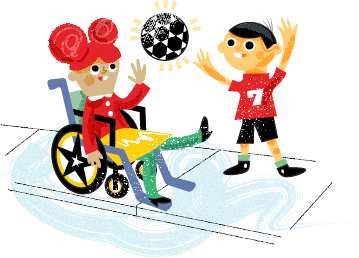
And then theres what youre like on the inside. Where do you get your personality? Do you like to sit quietly in a chair and read, lost for hours the way your mother does? Do you love the beach the way your cousins do? Or yearn to be a doctor like your dad? Are you more like your aunt than your mother? How so? Who shares what? Are there more people in your family who like to paint than who like to write? Who has the good sense of humor? Who is quick to anger? Do you have a temper, too? Has someone asked, Who do you take after? Its really a good question. Do you know the answer?
Knowing about your family can help you to learn a whole lot more about yourself. Knowing about your ancestors place in their world can help you to understand your place in yours.
Its not all Mom and Dad
How you got to be you doesnt stop with just your immediate family. Maybe no one in your family now is tall like you, but maybe your great-uncle was six feet tall. And his father before him might have been six feet five! Of course, if you are adopted, you may not look anything like the family you know and love. You may have your birth mothers love of math or your birth fathers flaming red hair.
Could this baby on her grandfathers knee be your great-grandmother?
Your family genes stretch far back, farther than anybody remembers. Think about it. Your mother had a mother, and her mother had a mother, and her mother had a mother, and her mother, too. Going back several generations, your great-grandfathers great-grandfather might have been a shoemaker in England. Your great-grandmothersgreat-grandmother might have been making lasagna in Italy or borscht (a tasty beet soup) in Russia. All these people could be a part of your family tree! And its exciting to discover how these blood relations were like you, and how they were different.
Its always good to gather four generations together for a photo.
THE GENES IN YOUR JEANS
The important part of the word genealogy, which means the study of family history, is gene. Genes are the material in every cell of your body that give instructions to your body for creating the one and only special you. No one is exactly like you (only identical twins are the same, in terms of genetic material). Genes are carried on tiny structures called chromosomes. Every cell in your body has 46 chromosomes that come in pairs of 23 each. Inside the chromosomes is your DNA (short for an expression thats a real mouthful: deoxyribonucleic acid), and this DNA is what gives your body the messages to create you.
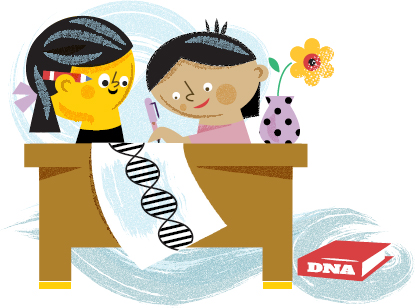
You received your chromosomesand your genesfrom your parents: some from your father and some from your mother. Before you were born, your genes blended together and created a blueprint for the person you would be. Similarly, your parents got their genes from their parents (your mother from her mother and father, and your father from his mother and father). And those people, your grandparents, got their genes from your great-grandparents. Im sure you can guess now where your great-grandparents got their genes. And arent you getting excited about finally finding out just who all those people were and what they were like?



